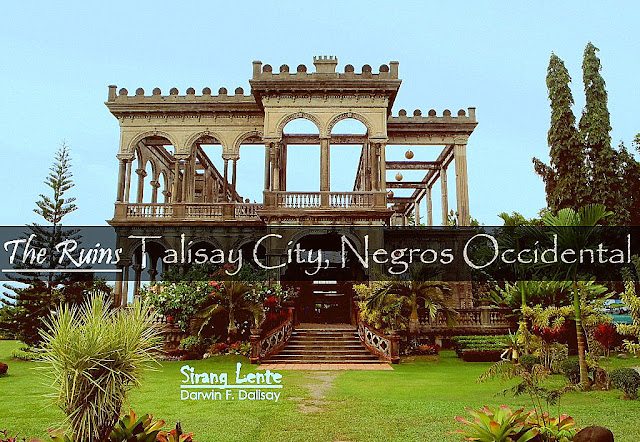
About Magellan’s Cross
Magellan’s Cross is a historical landmark and the most visited tourist spot in Cebu City. It is a Christian Cross made of wood erected by Ferdinand Magellan (a Portuguese explorer) during his exploration in Cebu, Philippines, on April 21, 1521. This Cross can be found inside an octagonal chapel in front of Cebu City Hall and beside Basilica Minore del Santo Niño. This is one of the most prominent tourist spots in Cebu. But, the current Cross is a tindalo wood where the splinters of the original Cross were encased. The wood of the original Cross deteriorated because the people were chipping off some parts and making it into a souvenir in the belief that it was miraculous.









